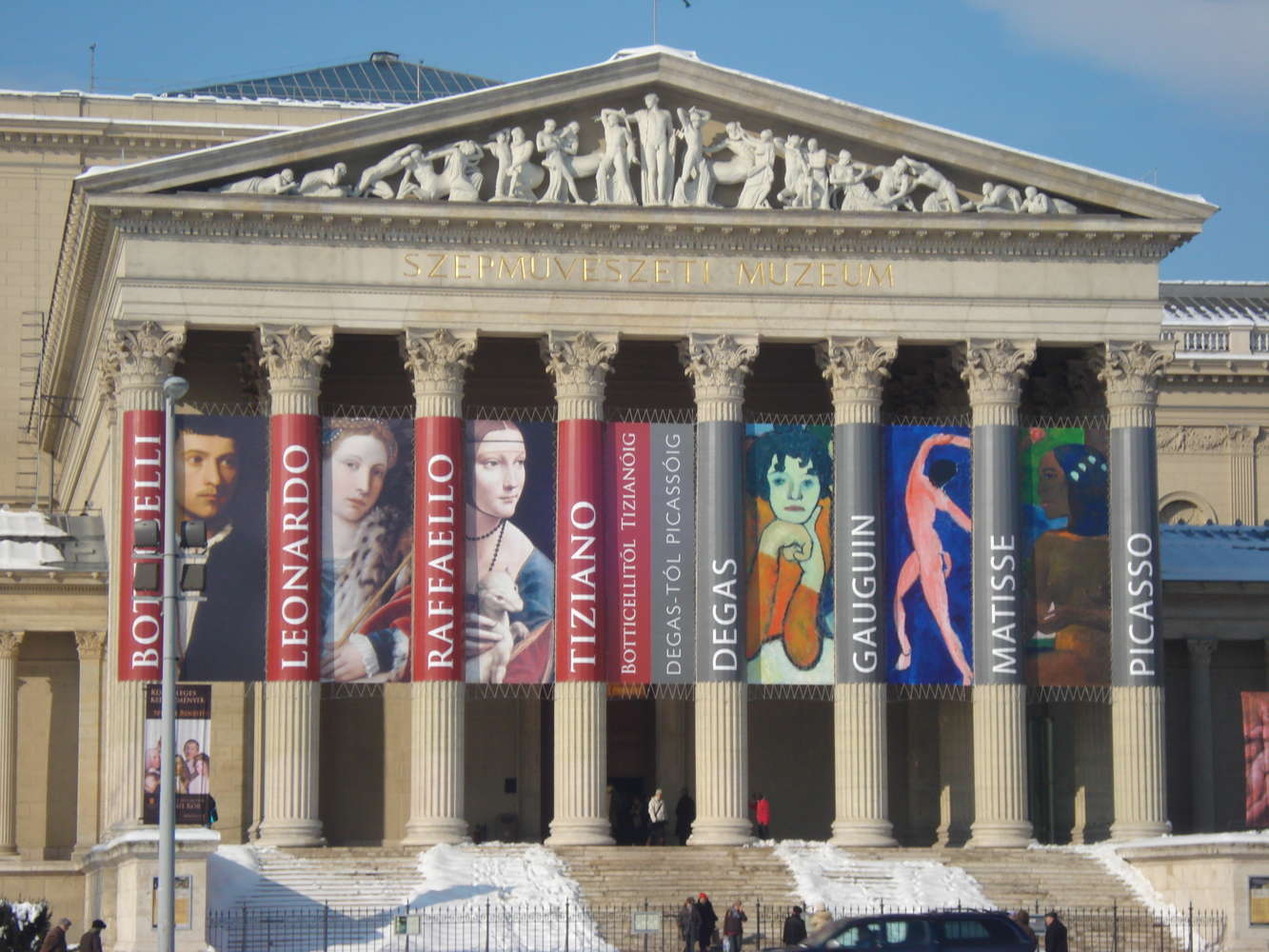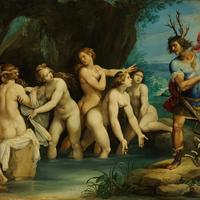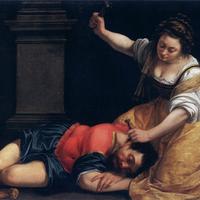More about Museum of Fine Arts, Budapest
Works at Museum of Fine Arts, Budapest

Sr. Contributor
This museum in Budapest had so many paintings that it bud off into another one, like a succulent clipping.
The Hungarian parliament created the Museum of Fine Arts in 1896 by ordering all the collections around the city under one roof. The plan worked until 1957, when all the works by Hungarian artists were sent off to become the Hungarian National Gallery. The Museum of Fine Arts is closed until 2018 while the capital's City Park is renovated into museum central, bringing all the artworks together again with a strip mall sort of sensibility. The reason the museum got so much nice stuff? The Hungarian government decided the Nazis had a pretty good idea in World War II, siding with the Third Reich and passing a slough of copycat versions of the antisemitic laws in Germany that deprived Jews of even basic human rights. One of those laws decreed that Jews no longer owned art. The place all this artwork went? The Museum of Fine Arts.
As World War II drew to a close, the Red Army was marching toward Budapest with a reputation for teaching Axis powers a lesson by bringing all their cool stuff back to Moscow. The Museum of Fine Arts loaded a train with their entire collection and sent that baby West toward freedom. Americans intercepted the train and sent it to Munich in the wake of the war, where it was redirected back to Budapest. If the story stopped there, everything would have ended on a pretty okay note, all things considered. Maybe the country could come back together and start to heal. Instead, the Soviets strong-armed a communist regime into Budapest that, true to form, nationalized everything. Including artwork. So, instead of getting the chance to make things right with everyone who survived the war, everything else was taken from everyone and put on display in the Museum of Fine Arts. The Hungarian government is only now easing up on their dick-ish "losers weepers" policy of art stewardship by opening a dialogue of restitution for the descendants of those whose family's artworks were stolen by the Nazis and communists. Except in the case of artwork that was too awesome to part with. In that case, the government's still keeping its head squarely up its ass.
Discounting Word War II, Hungary's worst art theft occurred at the Museum of Fine Arts in 1983. Eight thieves scaled strcutures the outside the museum and got in while the security alarm was (conveniently?) broken. $35 million worth of paintings by Raphael, Tintoretto, and Tiepolo were jacked and drove to Greece. One of the would-be burglars was just a teenage girl, and called her parents from the road while driving through Romania. Authorities put together the pieces and arrested the thieves and their mastermind: A Greek olive oil baron with an art dealing brother in New York. The goal was apparently to sell the paintings and sail off into the sunset or something. Instead, the paintings were recovered in a monastery outside Athens.
Featured Content
Here is what Wikipedia says about Museum of Fine Arts (Budapest)

The Museum of Fine Arts (Hungarian: Szépművészeti Múzeum [ˈseːpmyveːsɛti ˈmuːzɛum]) is a museum in Heroes' Square, Budapest, Hungary, facing the Palace of Art.
It was built by the plans of Albert Schickedanz and Fülöp Herzog in an eclectic-neoclassical style , between 1900 and 1906. The museum's collection is made up of international art (other than Hungarian), including all periods of European art, and comprises more than 100,000 pieces. The collection is made up of older additions such as those from Buda Castle, the Esterházy and Zichy estates, as well as donations from individual collectors. The Museum's collection is made up of six departments: Egyptian, Antique, Old sculpture gallery, Old master paintings gallery, Modern collection, Graphics collection. The institution celebrated its centenary in 2006.
Check out the full Wikipedia article about Museum of Fine Arts (Budapest)












